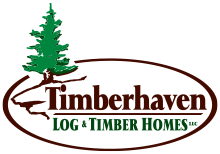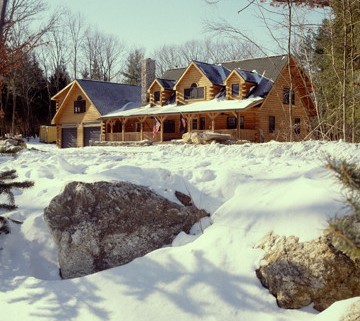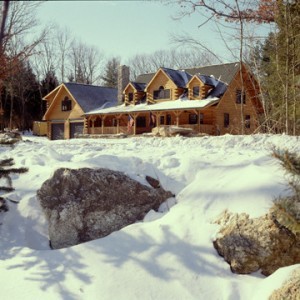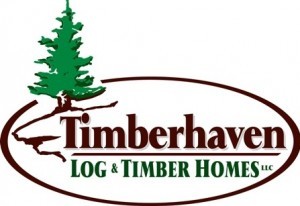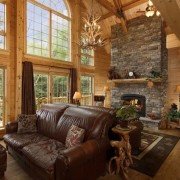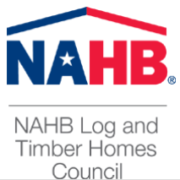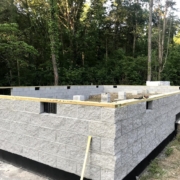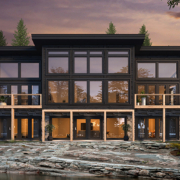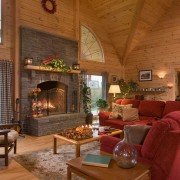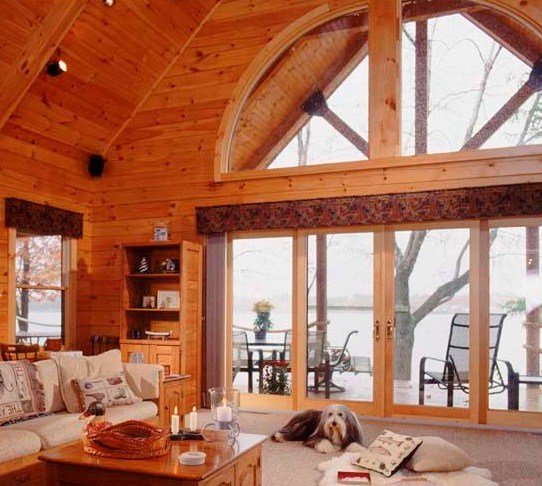Understanding Insulation in Your Log or Timber Home
The principles of home insulation are just as applicable during the summer as they are in the dead of winter. When talking about log home and timber home insulation, one of the first keywords you hear is “R-value,” often with varying numbers thrown in. But, what is R-value, and what does it mean for your log or timber home?
Simply put, R-value is a material’s capacity to resist the flow of heat, which applies regardless of whether you’re trying to keep the warm air inside your home or attempting to keep it out. The higher the R-value, the better job it does at blocking that transfer of heat.
Understanding Insulation: The Flow of Heat
The transfer of heat takes place in one of three ways – conduction, convection, and radiation. Conduction is the manner in which heat moves through objects and materials, such as a solid log wall. Convection is the way that heat moves through liquids and gases, such as the rooms in your house or empty spaces within walls. Radiation is when heat travels in a linear path and warms anything it comes in contact with. By nature, heat travels from warmer to cooler trying to find equilibrium until everything is the same temperature.
Now, some might assume that simply selecting an insulation material with a good R-value rating is all that you need to consider. That’s not necessarily true. Thermal mass is another mechanism of log home energy performance. Studies have shown log walls, despite lower-appearing steady-state R-values, have been shown to provide equal or superior annual heating and cooling performance when compared to lightweight wood frame walls of higher steady-state R-values.
At Timberhaven, we’ve taken into consideration that there are many factors that contribute to the energy-efficiency of the structure – from insulation, thickness of log walls, thermal mass, doors, windows etc. Thus our log and timber frame home packages include a variety of insulation mediums depending on the selected materials package. Oour engineering department has worked to ensure that these materials not only meet the required building codes but also compensate for any of those potential problem areas where heat can either enter or escape the home. And when required by local codes, RESchecks are performed to validate necessary requirements are indeed met.
If you have questions about the best type of insulation for your log or timber home or concerns about long-term energy efficiency, take a look at the Log & Timber Homes Council’s White Paper titled The Energy Performance of Log Homes or contact our team of highly qualified professionals today.
As we continue to embrace these frigid winter days, let’s be mindful of the words of John Steinbeck when he penned, “What good is the warmth of summer, without the cold of winter to give it sweetness.”
#855-306-5678
info@timberhavenloghomes.com
